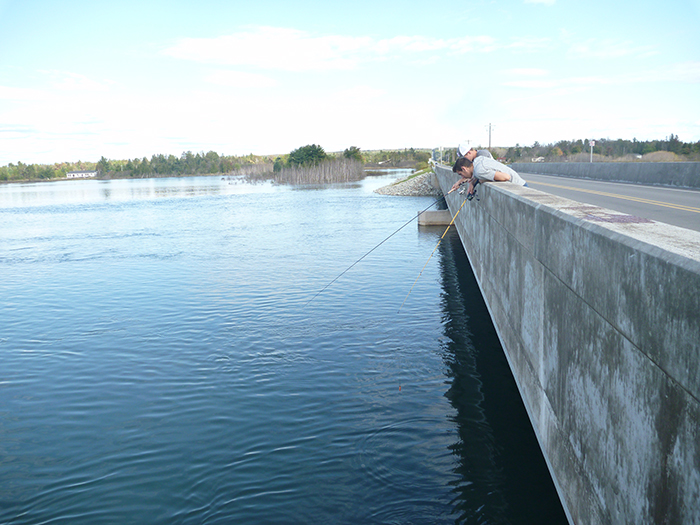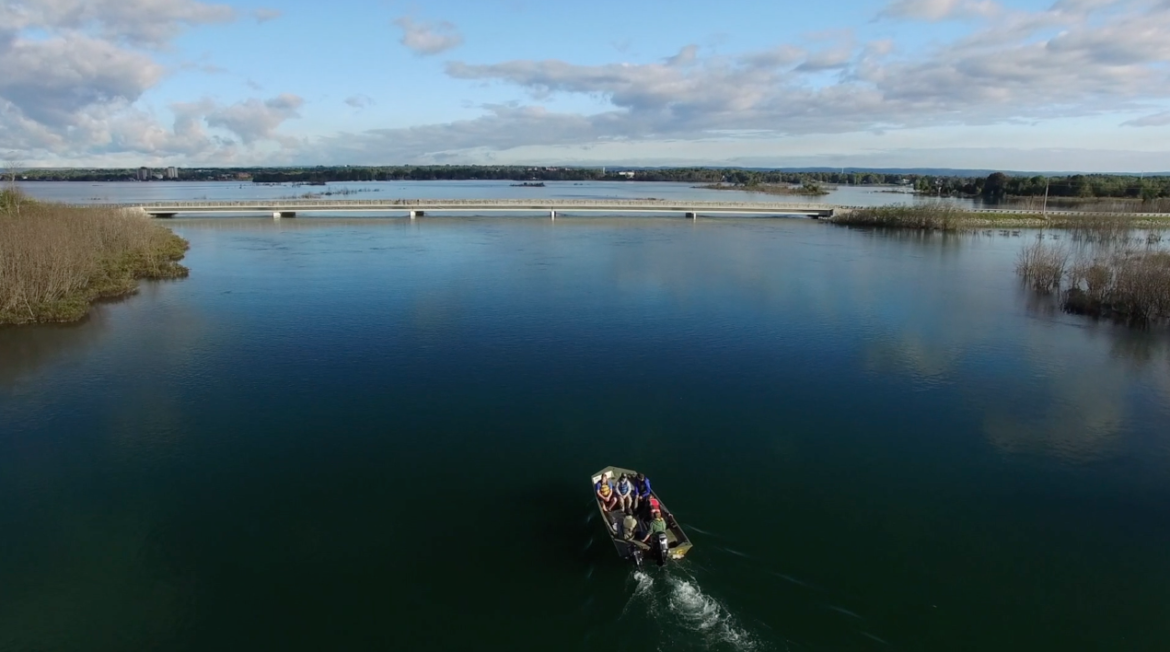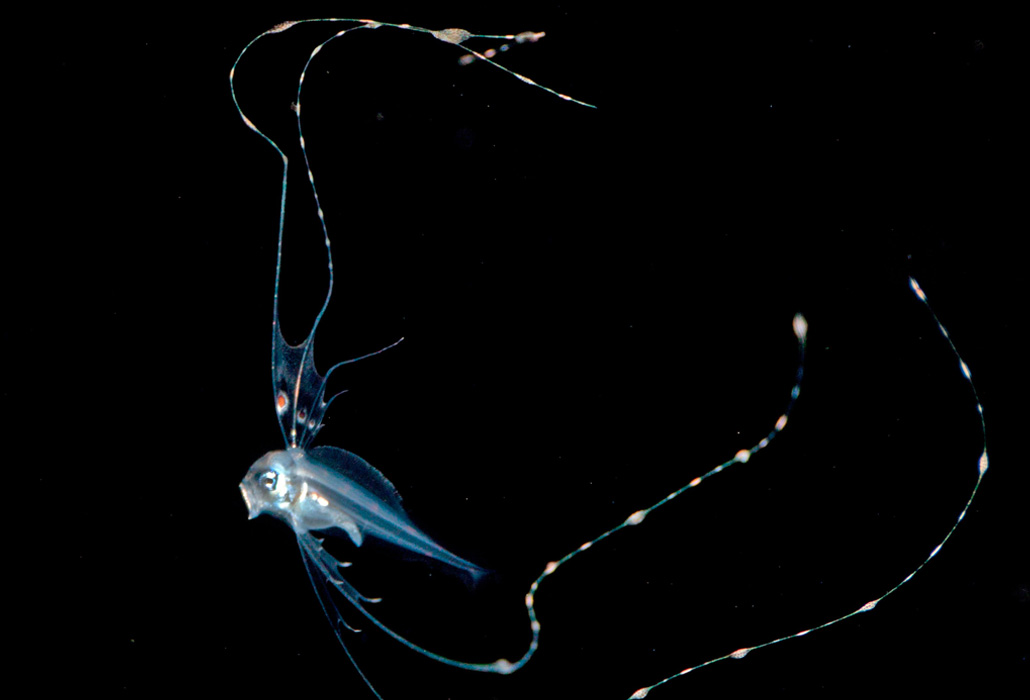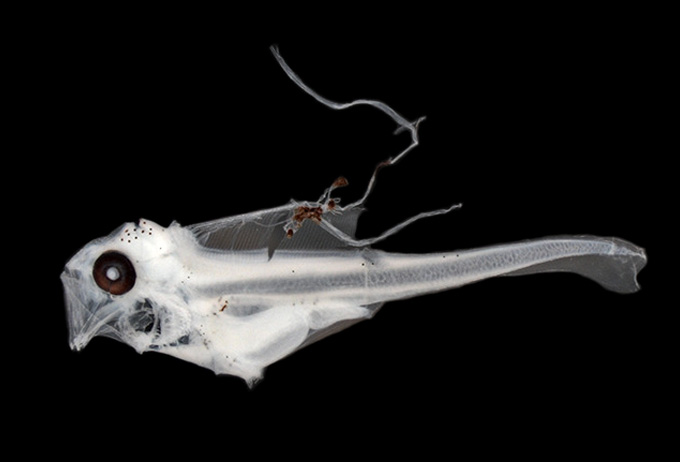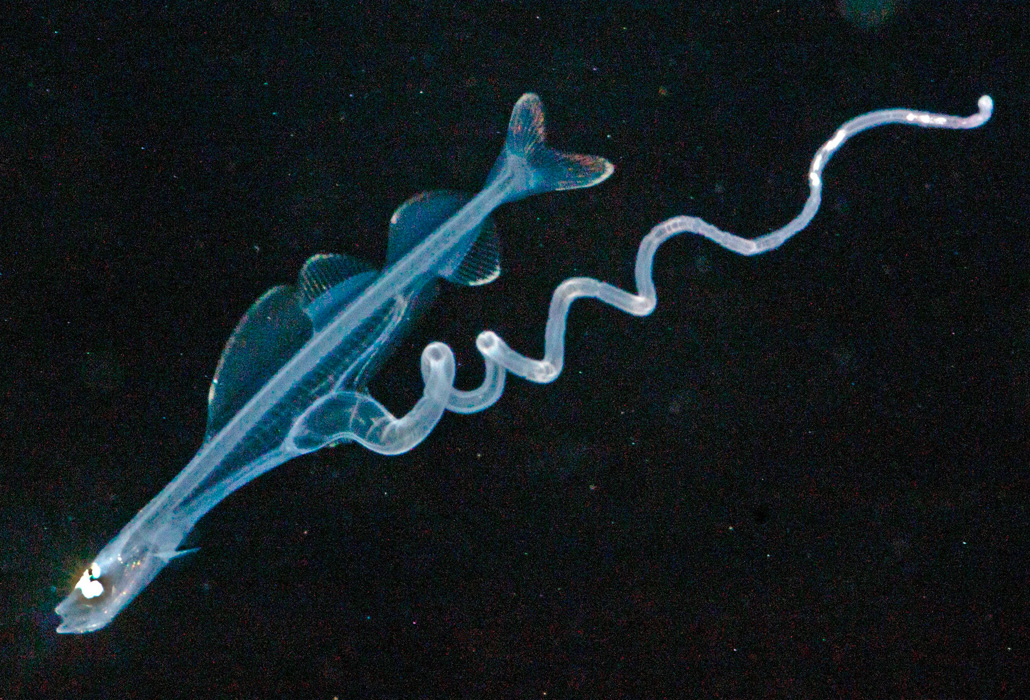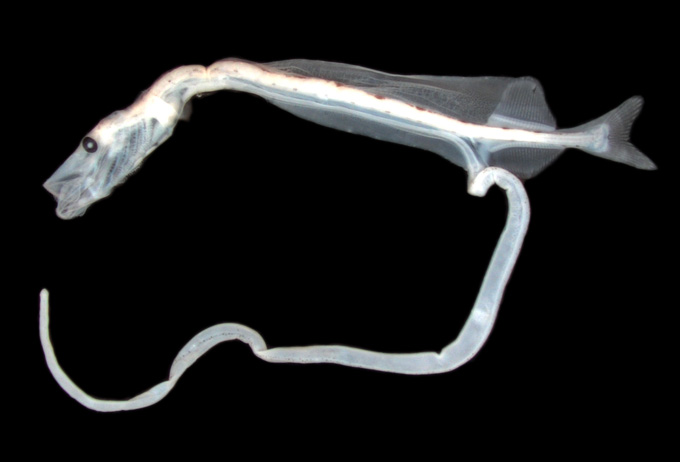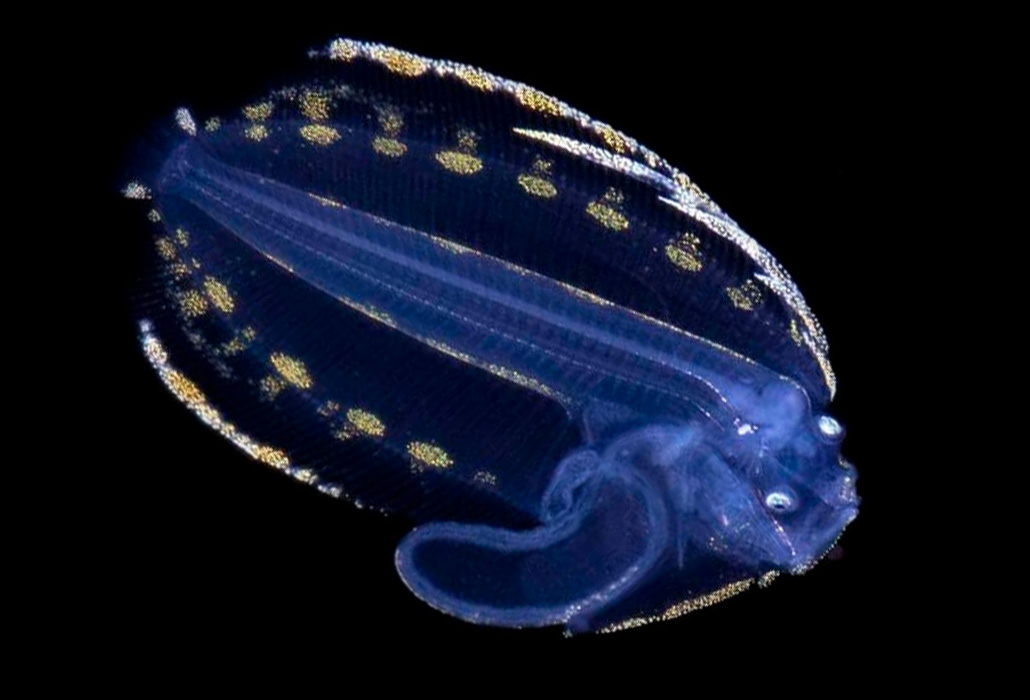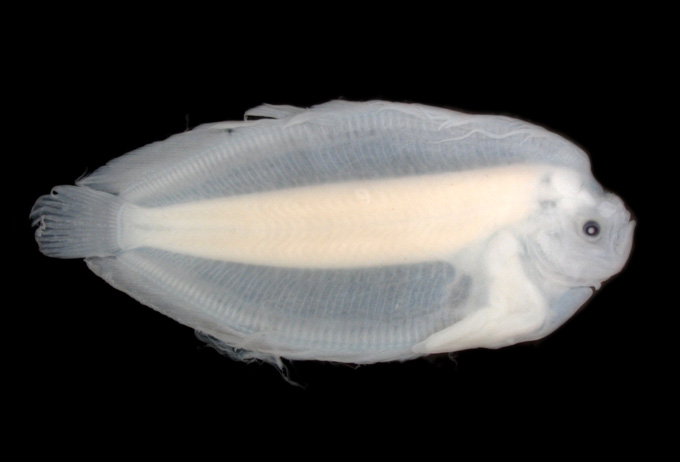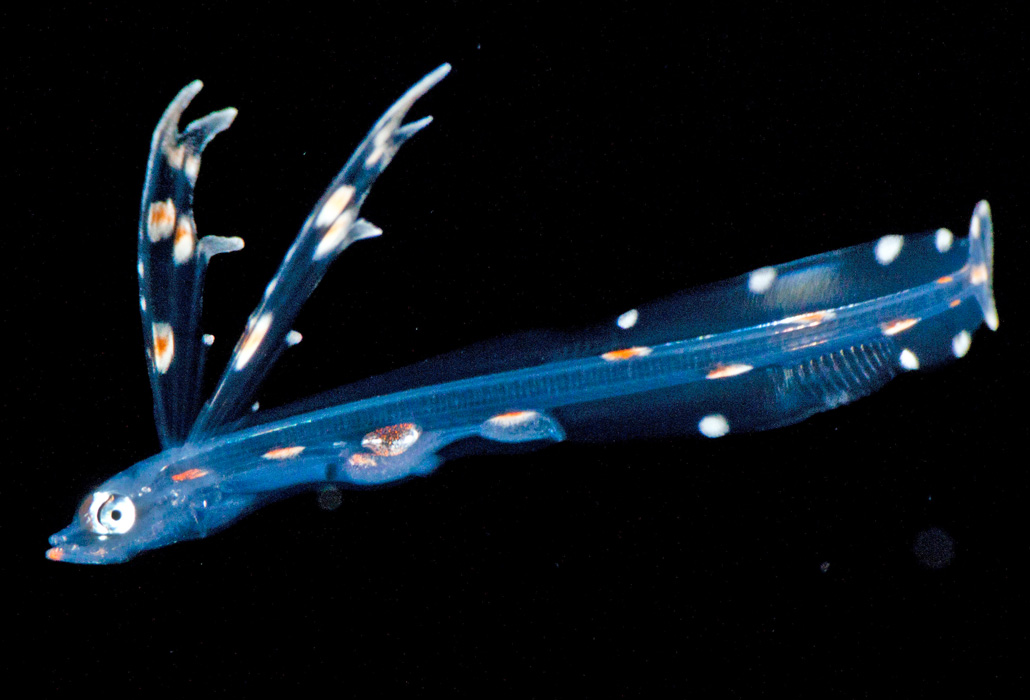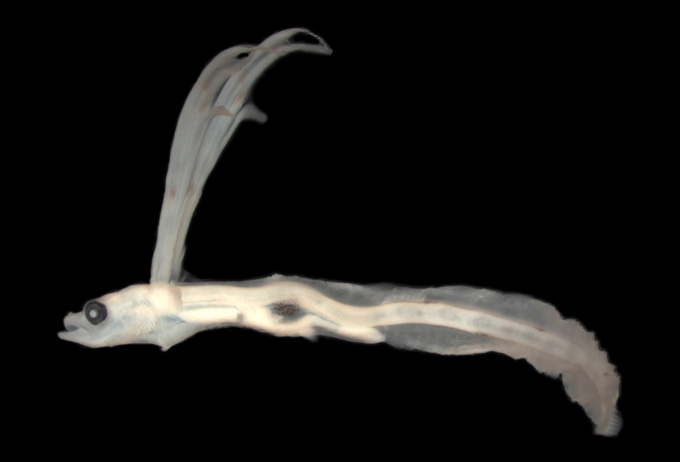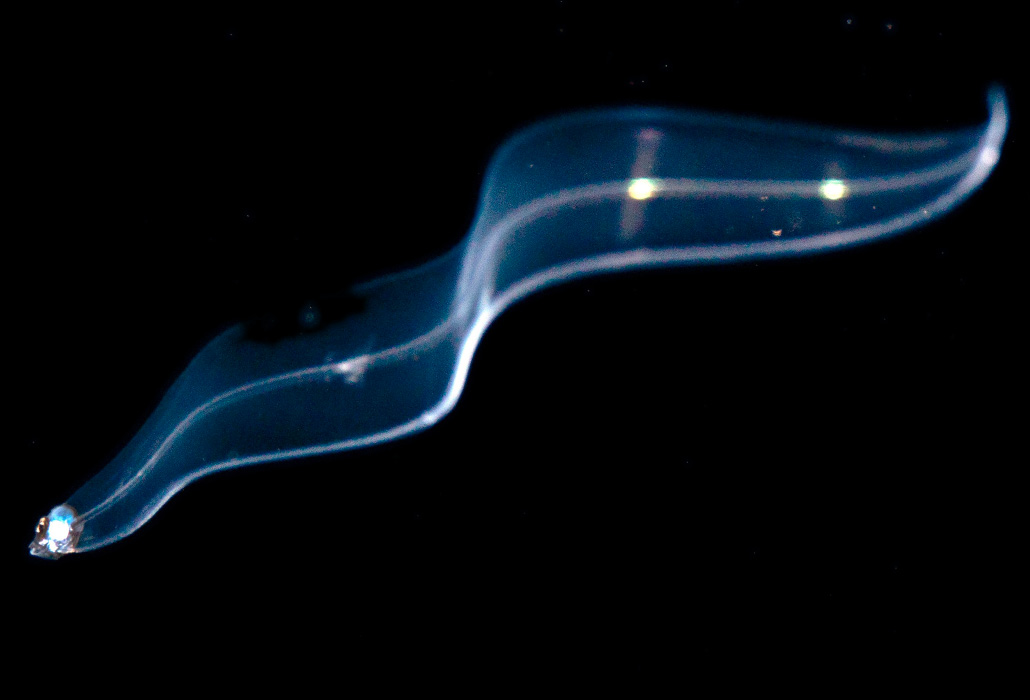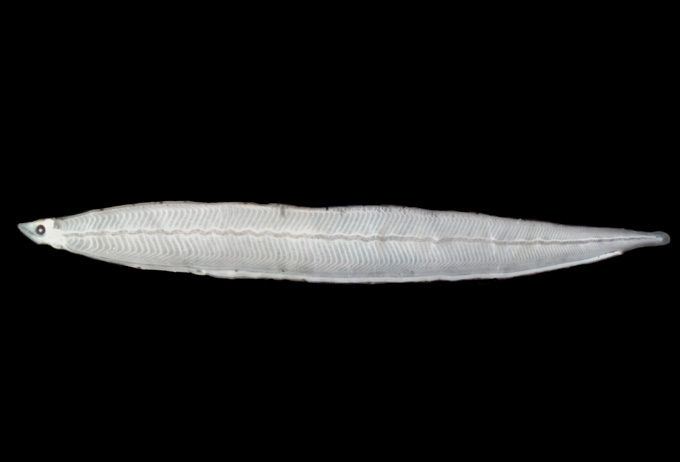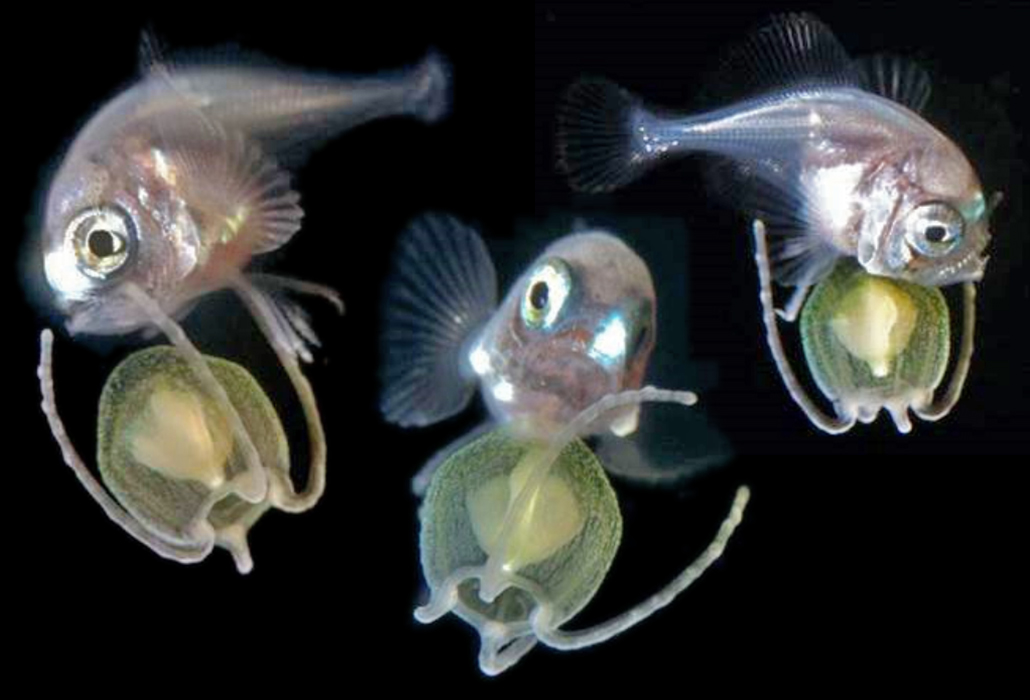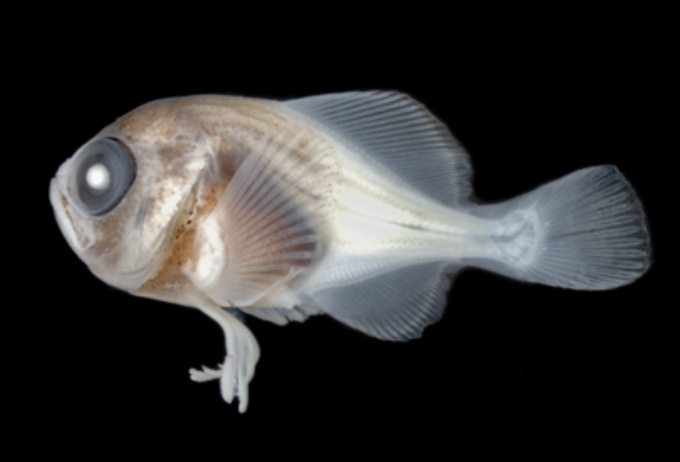
The great underwater mystery — despite all science and biology can tell us about what fish see, smell, taste and sense in ways that humans can’t – remains as to what sets them off and turns on their instinct to feed.
While the modern tackle industry has reached a new apex in providing both those lures that
imitate nature to trigger that feeding reaction and those forms and colors that stray far from it yet still entice a strike, the mystery continues. Each season, each outing, even each hookset provides a clue to the attentive angler looking to answer the question: what is it about those baits that make fish bite?
While we can guess as to some of the reasons, the inability to answer that completely spurs each return trip to the water, at least in some small way.
Fish don’t have handsA fish’s only mode for checking anything out is to grab the object with its mouth. Who hasn’t looked on in awe as a bluegill snatches up an artificial bait, only to spit it out a millisecond later? Even in slow motion, it’s an amazing feat. Unlike humans, who first, sit in the comfort of a dining room to eat without fear of being eaten themselves; and second, can pick up and inspect their food from the grocery store to the grill to the plate, fish operate in a comparatively limiting and limited world. While it seems simplistic, the primary reason fish strike is that fish don’t have hands.
As a result of their comparative disadvantage, fish just feed. If something they eat turns out to be a seed sinking from the surface, instead of a more substantive mayfly or a minnow, they spit it out. Most of the time though, when they see something edible, they’re right.
When grasshoppers are blown into a trout stream, or a flood of baitfish stage along the summer weedline, fish get used to seeing them and eating them and therefore, anything that looks similar, gets eaten along with them. To the point of being cliché, the phrase “match the hatch” provides the advice anglers follow to at least start catching fish once a particular forage is isolated. If salmon are eating a crop of five-inch smelt, trolling a five-inch plastic behind a downrigger setup likely draws more strikes than something smaller. If walleyes are picking off spottail shiners making their spawning run along creek deltas in the spring, a flashy silver bait would likely be to an angler’s advantage at that moment in time. And if mayfly nymphs are on the move toward the surface, something a half-inch, brown and buggy is a good bet, and the closer the imitating fly pattern is to the actual thing, the better it might be for those hungry trout.
If it looks like the food they’re eating, the more convincing a bait will be to fish based on the age-old adage. It just makes sense.
However, there are times where what gets thrown in the water to entice a bite and actually does, throws the conventional wisdom of matching the hatch out the window. I grew up fishing a small river, and in my first few seasons on the water I needed little more than a handful of fluorescent pink and bright orange jig heads, and a few dozen twister tails in white or yellow to catch everything that swam in the water. I found that pink-and-white slayed walleyes in the spring, and orange-and-yellow slammed smallies all openwater season. The combination looked nothing like anything edible – darters, crayfish, hellgrammites, dragonfly larvae or fathead chubs, among other items in the flow these fish likely ate – but nevertheless, always produced steady action and big fish. In that slightly tinted water the mystery remains to this day.
Did the light brown coloration of the river change the hue of the offering to a fish’s eye? Did the white or yellow take on a more minnow-like sheen? Was it simply the motion or location of the bait that set them off? I couldn’t tell you why, I could only tell you that my lures were taken time-and-time again.
Sure, I had my thoughts on the matter and I began to equate the orange jighead with the reddish-orange eye of the smallies it seemed to work best on, but that hypothesis as to why was purely anecdotal. But the hypothesis pertaining to the inclusion of orange in any color pattern as being better, however, was proven as the shade took root in the expanding offerings of tubes, flies and other items I used for bronzebacks after those first few years. While it looked nothing like any standard prey, it seemed to give smallies a reason to bite.
Perhaps it was simply confirmation bias which resulted in a confidence color, but I found myself at the end I desired with more fish on the line, without ever understanding the scientific means my mind grasped for and likely will never truly get ahold of.
Back for moreI’ve been asked why I keep coming back to fishing. Doesn’t it get old, catching the same fish in the same spaces, or even if they are different, just having the same experience? The answer is no, because (beyond all the metaphorical, Henry David Thoreau-type stuff) the experience is never the same, the opportunity for bigger fish exists, and most importantly for me, the puzzle remains unsolved, and sometimes begrudgingly, I recognize that it will likely remain an unsolvable one.
So, no matter what the fish actually see, smell and sense, and if we’ll ever find the definitive answer to that question as to why they bite, I’ll keep casting after the solution to the equation and those less quantifiable ones in the coming season and those that will follow after it.
April 01, 2021 at 04:42AM
https://ift.tt/39sVwwo
The big question - what makes fish bite? | Local Sports News | capjournal.com - The Capital Journal
https://ift.tt/35JkYuc
Fish




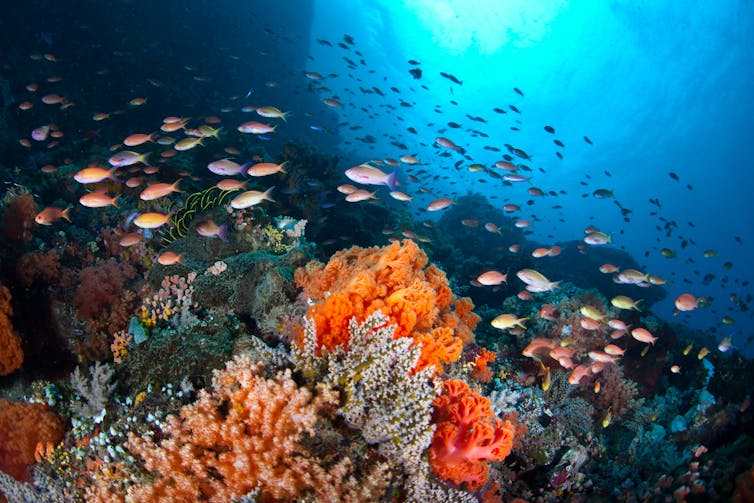
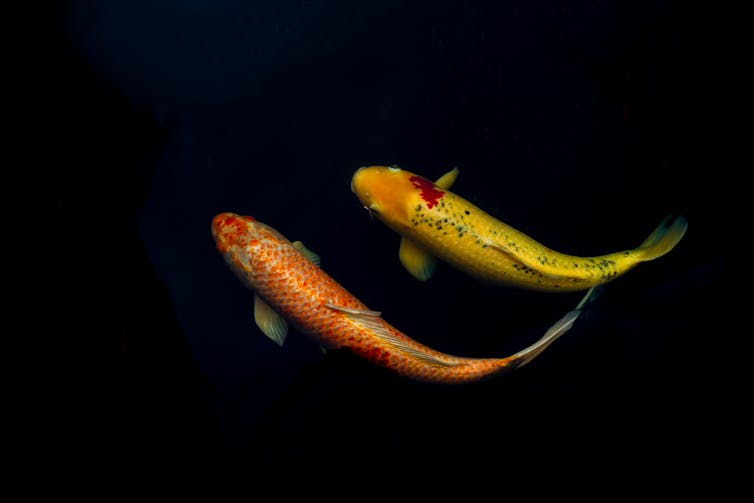



:strip_exif(true):strip_icc(true):no_upscale(true):quality(65)/cloudfront-us-east-1.images.arcpublishing.com/gmg/PZXEUYLS55A5VM53U7XUS7NVDA.jpeg)

